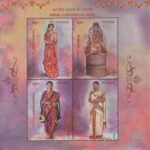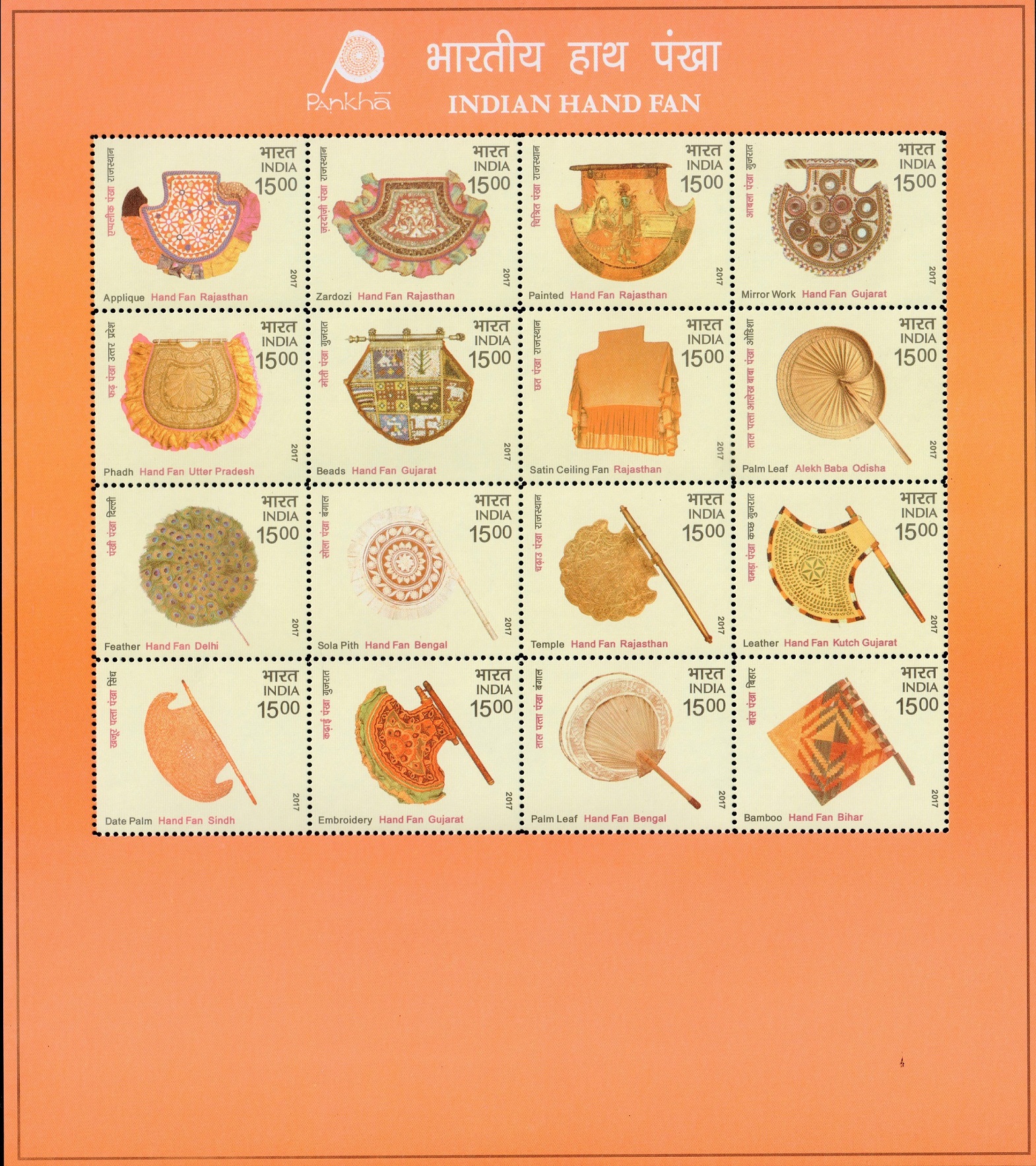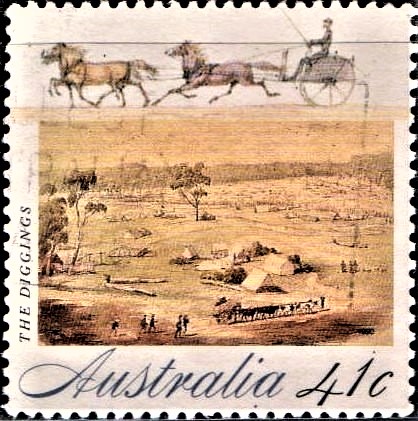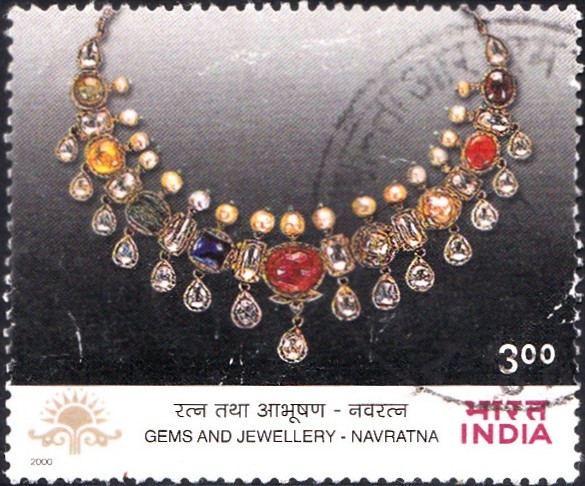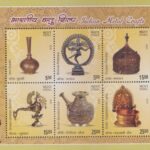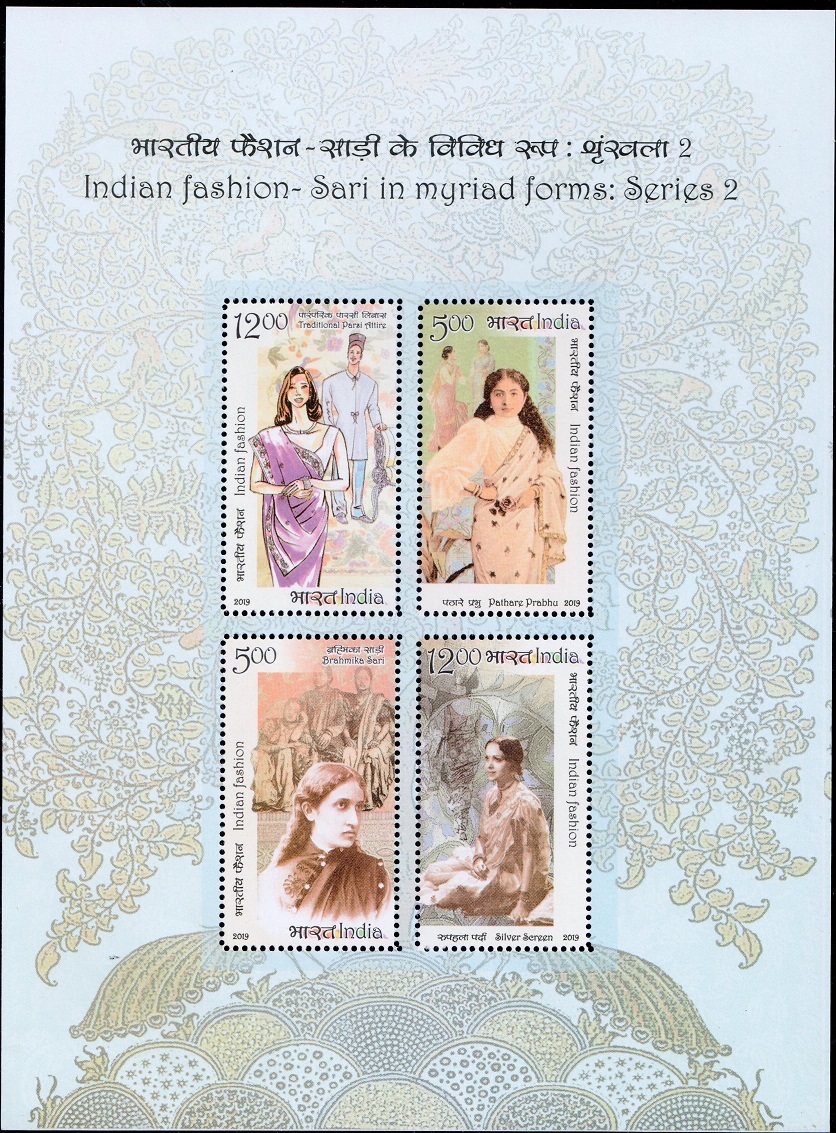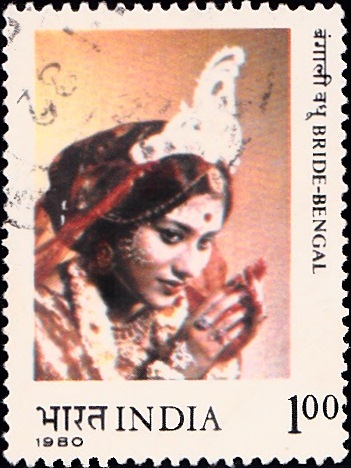
Brides of India 1980
Complete Set of 4 nos of commemorative postage stamps on the Indian Brides in Traditional Costumes : Tamilnadu, Rajasthan, Kashmir and Bengal :
![840 Bride-Tamilnadu [India Stamp 1980]](https://istampgallery.com/wp-content/uploads/2016/03/840-Bride-Tamilnadu-India-Stamp-1980.jpg)
![841 Bride-Rajasthan [India Stamp 1980]](https://istampgallery.com/wp-content/uploads/2016/03/841-Bride-Rajasthan-India-Stamp-1980.jpg)
![842 Bride-Kashmir [India Stamp 1980]](https://istampgallery.com/wp-content/uploads/2016/03/842-Bride-Kashmir-India-Stamp-1980.jpg)
![843 Bride-Bengal [India Stamp 1980]](https://istampgallery.com/wp-content/uploads/2016/03/843-Bride-Bengal-India-Stamp-1980.jpg) Issued by India
Issued by India
Issued on Dec 30, 1980
Issued for : Indian Posts & Telegraphs Department is happy to issue a set of four stamps on brides of India.
Description of Design : The stamps depict brides in their traditional finery from Kashmir, Bengal, Rajasthan and Tamilnadu. (Photos by O. P. Sharma, S. J. Singh, Chitrangad Sharma).
Type : Stamps, Postal Used
Colour : Multicolour
Denomination : 100 Paise each
About :
- A bride anywhere in the world signals joy. However, in India particularly she is welcomed as Saubhagyavati : “The fortunate one”, the harbinger of auspiciousness into the home.
- The traditional bride fulfils the promise of her community and is in turn fulfilled by it. While she epitomises the cultural style of her community, the means by which she is decorated depend heavily on the skill of local craft traditions. For once the age-old art of adornment walks hand-in-hand with a traditional socio-economic wisdom and the skills of generations of anonymous jewellers, weavers and other silent workmen.
- Tamilnadu :
- A certain classical vigour and tension distinguishes Tamil cultural expression. Notice the rhythmic effect of this bride’s gold and gem-studded decoration. This comes from an effectively repeated motif : the mango, symbol of fruitfulness, from the border of her Kanchipuram silk to her necklet. Her long hair is thickly twined with gold thread and jasmine buds, whose close-huddled form is repeated in the ornament that binds her brows, defines her parting, dropping to a pendant. This is echoed by her ear pendants and the jewels at her nose. This sense of symmetry is further underlined by the symbolic sun and moon ornaments to left and right of the parting in her hair. These, and the studded armlets recall the classicism of bharatanatyam and the formal discipline of temple bronzes.
- Rajasthan :
- A blaze of colour and strength of form characterise the desert dwelling Rajputs. The curve upon curve of beaten silver haslis this bride wears about her throat with heavy silver chains and their pendant rings complements the textural interest of the tie-dye odani that circles her head in red, turmeric-yellow and gleaming gota. The curve of nath from nose to ear enhances the curve of her cheek, echoed by the looped chain at hairline that suspends her bor. Cones of pendant silver drop from her ears, balancing the straight glance, the bindu and the rounded chin. Visual drama is balanced with a fineness of detailing that comes from centuries of courtly tradition and recalls the Mewari school of Rajput painting.
- Kashmir :
- Her bridal dupatta, fringed with gold thread and sequins, frames the bride’s head ornament, plaques of beaten and incised silver, the pendants of which fall low across the brow. The deliberate framing-effect of her jewellery continues through the sequinned hoops rimming her ears to the deep drops from their lobes. These effectively throw her bridal face into relief as they droop to meet the richly embroidered ornamentation of her dark loose-fitting choga. The sense of drama to this traditional arrangement lies in the intricately-worked silver so controlled and distributed as to indicate the personality of the bride.
- Bengal :
- With Bengal, we are in the tropics : the bridal crest, a finely fretted pith tiara (of the kind that is further elaborated for pratimas of Durga). The bride’s brocaded sari is traditionally Banarasi. The accent falls noticeably through graceful loops and arabesques from crest through curve of chain and pendant at hairline to the delicate “creeper” painted in sandal-paste to emphasise the bhru–lata of her brows and recalling ritual alpana. With loops of fresh jasmine and rose about her neck and wrists, with gems at her throat and her ear-lobes shielded by disks of finely-wrought gold, hers is the delicate curvilinear style by which Bengal is known.
- (Text by Priadevi).
Subscribe
Login
0 Comments


